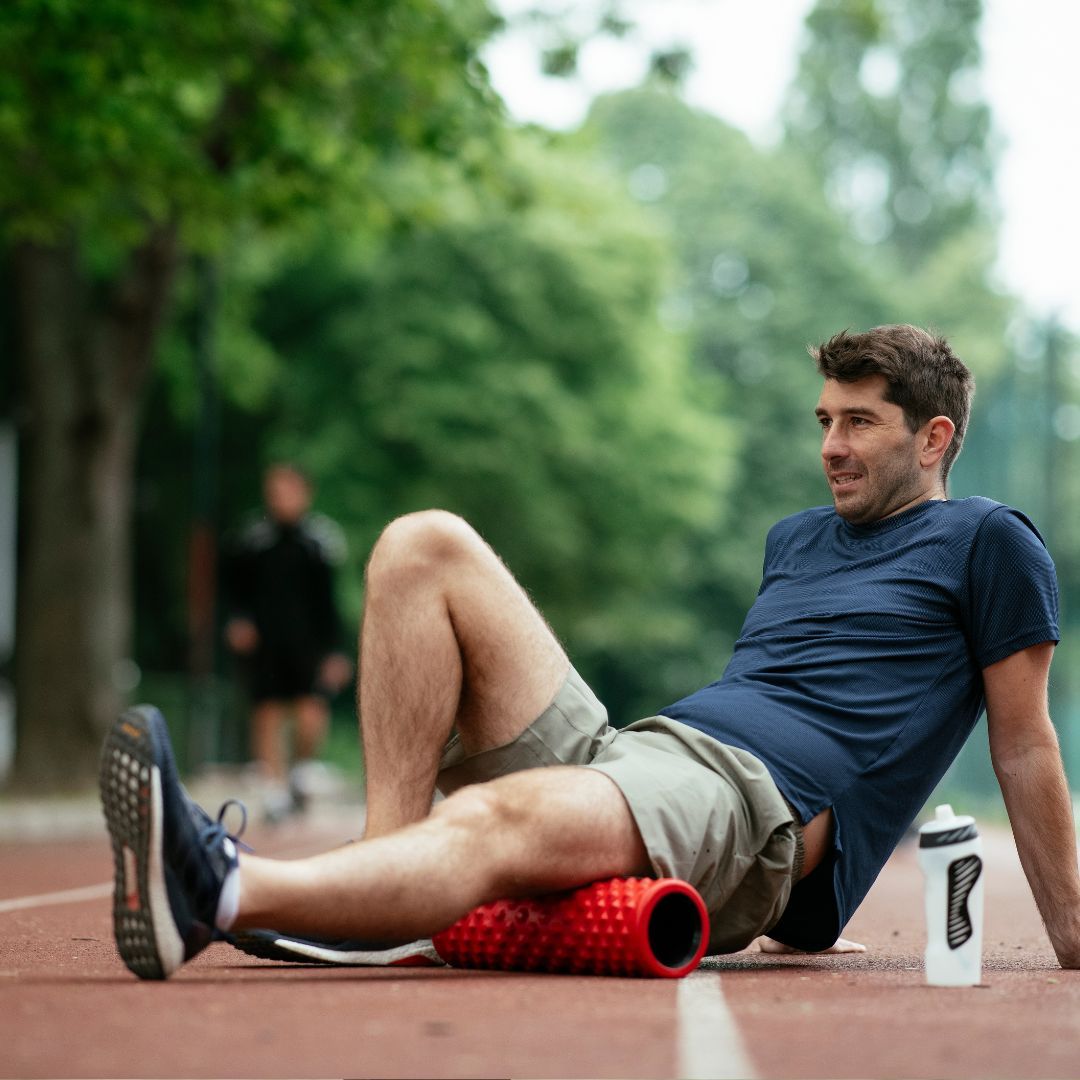How To Manage Injuries | Part 1- Types of Injuries
The types of injuries you may face as a runner.

We all know for a fact that doing regular training is important to us as runners.
However, there are some possible downsides of all this running.
Those are namely the injuries one may experience throughout the training process.
Now, if you have been a runner for a while, you know the impact that even a small injury can have.
Sometimes, once a small injury is present, we tend to completely cut off training and sooner or later, nutrition gets ditched too. Either that or we ignore it in the hopes that it will go away (tip: it usually doesn’t!!)
But the best part is that injuries can be managed and prevented, in a way that will not cease the momentum you’ve gathered up until the point of injury.
In this article, we’ll go over common sports-related injuries, to discuss types of injuries, how to handle them and how to prevent them in the future.
Types Of Injuries
It is important to understand that there are different types of injuries, which in turn will be treated in different ways.
However, when it comes to running injuries, there are two main types - Acute injuries & Chronic injuries.
Acute injuries happen right away when the active components of your musculature and skeleton, are exposed to an amount of stress, greater than what they can handle.
This type of injury is mostly to blame on falls, poor warm-up, bad exercise form, and sometimes, using excessively heavy training loads.
The most common acute injuries are the following:
● Sprains/bruisings
● Fractures
● Dislocations
● Ruptures
● Cracked/broken bones
● Tears (muscle/ligament/tendons)
On the other hand, chronic injuries develop gradually in time as a result of consistent overexertion, poor recovery, wrong movement patterns, and often times, poor treatment of acute injuries.
As you may or may not know, when you take your muscles through a more intense or long run, you technically create micro-trauma in the working tissues.
In the period after the workout, the body aims to recover that micro-trauma to ultimately make all those tissues stronger and ready for bigger loads.
However, there is a certain recovery threshold, due to the fact that intensity by nature is strenuous and requires time to recover from.
If you consistently go beyond that threshold, sooner or later the degenerative processes in those tissues will be greater than the regenerative processes, thus creating chronic injuries.
Chronic injuries are generally harder to recover from and can in fact return in time, even after you have treated them.
Here are the most common chronic injuries:
● Tendonitis (Inflammation of certain tendons in the body)
● Bursitis (Affects the cushions of the joints, muscles, and bones called “bursae”)
● Myositis (inflammation of muscle tissue)
● Chondrosis (Breakdown of the cartilage)
● Tenoperiostitis (Inflammation of tendons/muscles at their insertion points)
Acute Injury Treatment - Do’s and Don’ts
Acute injuries may happen to anyone and if not taken care of, they can grow into chronic injuries.
This is precisely why you should know how to manage acute injuries in a timely manner.
The quicker you do so, the fewer complications will follow afterward, and the quicker you will recover.
Generally, at a sudden onset of an injury, there are two primary things that will help you - Resting & Icing the area.
● Rest
At the moment of acute injury, you have already surpassed the tissues’ limit and there is no more room to engage them in any activity.
Putting the injured area to rest will allow all recovery processes to happen as quickly as possible, thus leading to quicker healing.
If on the other hand, you decide to continue the physical activity that led to this, you are setting yourself up for a serious chronic injury.
● Ice!
With most acute injuries, there is an immediate onset swelling around the injured area.
Applying an ice pack may help reduce pain and swelling, during the first days of the injury.
It is recommended that you put an ice pack on the injured area for 10-20 minutes, 2-3 times a day during the first 48-72 hours after the injury has occurred.
● DO NOT Compress the area
Contrary to popular belief, compression on the injured area will not actually help with the initial swelling.
Even more so, a tight compression may even make things worse.
By using an elastic band and compressing the area, you limit the blood flow to the spot, thus slowing down the recovery processes.
● Train AROUND your injury
As we mentioned, it is often that an injured individual will completely cease all training activity until the injury recovers completely.
However, in most cases, this is in fact the worst thing you can do.
The benefits of physical activity still remain, even if a certain body part is injured.
For example, if your knee is injured, nothing is stopping you from training your upper body.
In doing so, you will promote blood circulation and thus favour hundreds of recovery processes in the body, allowing the injury to heal faster.
In short - Rest the injured area and continue doing exercises that don’t aggravate it (this may involve not running but getting on the elliptical or the like). Your body will take care of the rest.
To Wrap This Up
Though running offers a variety of benefits, there are also certain risks involved, which should be considered.
Injuries are something that can bring your gathered momentum to a stop.
This is the reason why you should definitely keep an eye on even the smallest pain and take care of them in time.
In the second part of this article series that will come out next newsletter, I am going to give you actionable tips you can use to manage and prevent chronic injuries, so you can keep running for as long as possible!
See you there!











